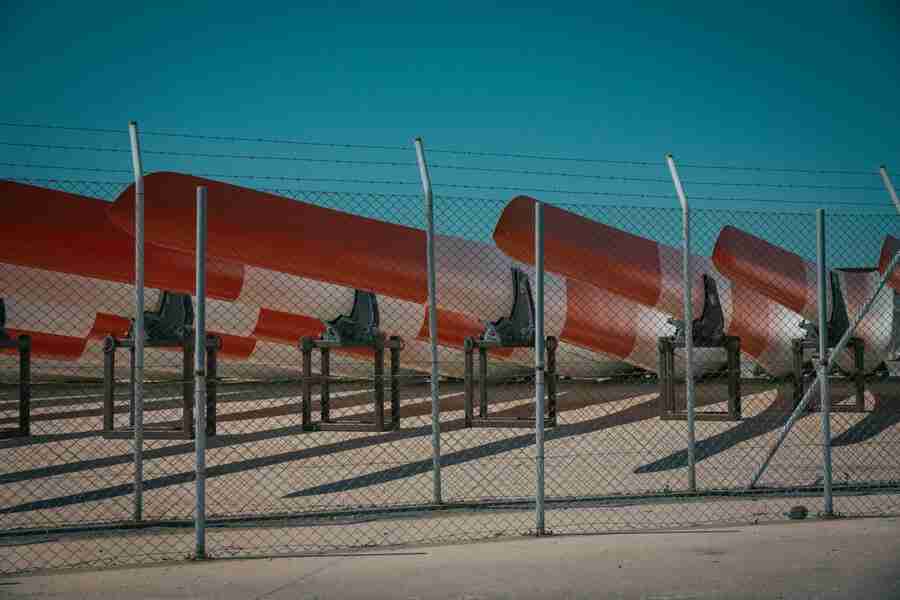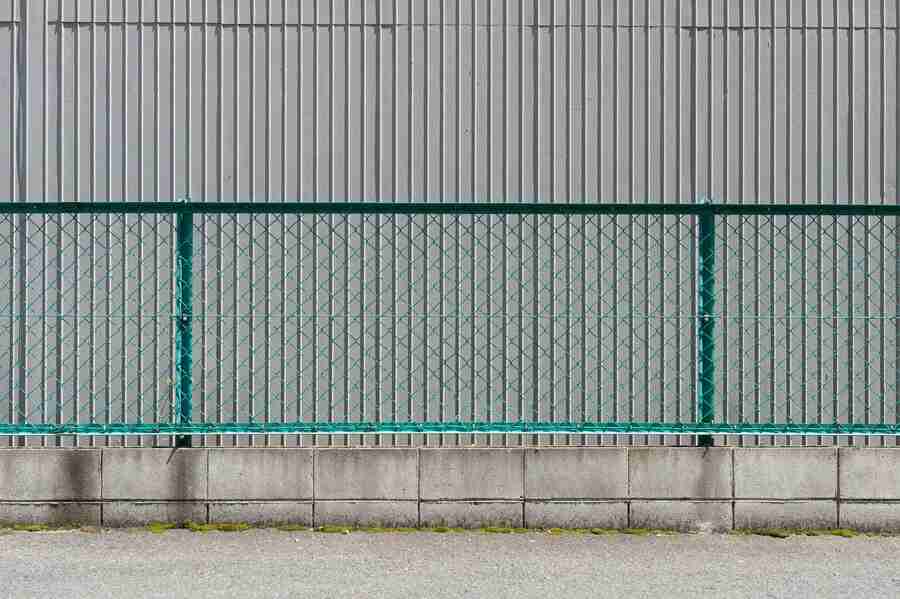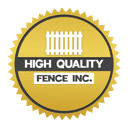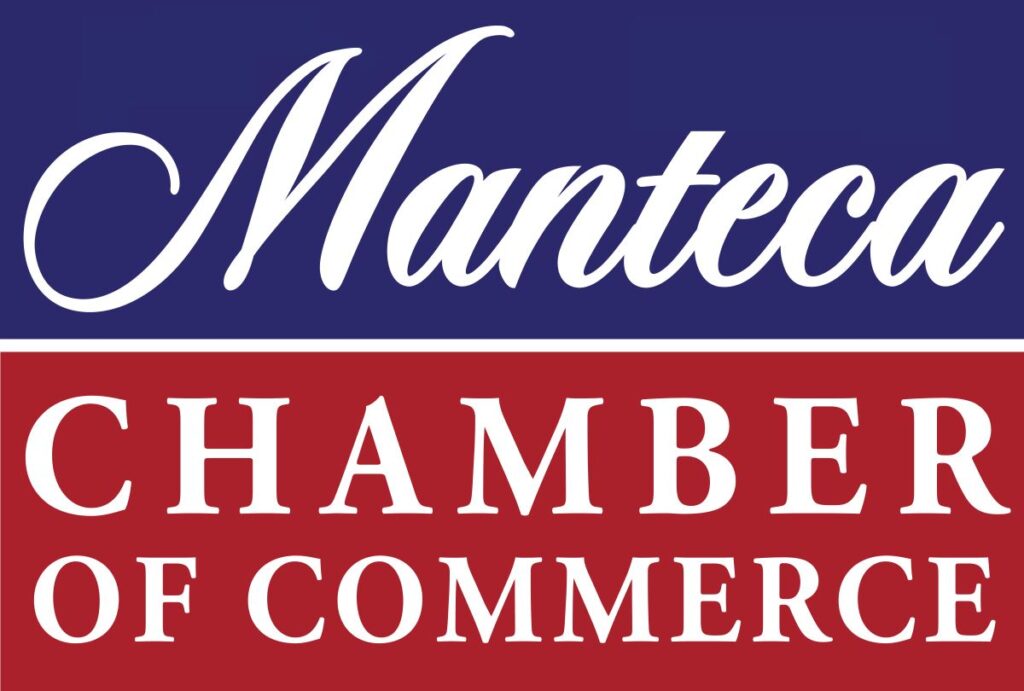
Welcome to our exploration of the world of industrial fencing, where the boundaries extend far beyond conventional notions of security. While industrial fencing has long been associated with safeguarding assets and facilities, this blog aims to unravel the layers that make it a cornerstone for meeting diverse industrial needs. The evolution of industrial fencing has taken it from a mere physical barrier to a dynamic and integral component of industrial infrastructure.
In the modern era, the significance of industrial fencing extends beyond its traditional role in providing security. This blog will delve into the multifunctional aspects of industrial fencing, showcasing its pivotal role in compliance with regulatory standards, environmental sustainability, and the customization needed to cater to the unique demands of different industries.
We will navigate through the technological landscape of industrial fencing, exploring smart systems that enhance efficiency, monitoring, and integration with cutting-edge surveillance and access control technologies. Additionally, we will examine the long-term implications of choosing durable materials and implementing regular maintenance practices, shedding light on the cost-benefit analysis of investing in quality industrial fencing.
Through case studies, interviews with industry experts, and discussions on emerging trends, this blog aims to be a comprehensive guide for professionals, stakeholders, and enthusiasts in the realm of industrial fencing. Join us as we unravel the transformative journey of industrial fencing, showcasing its pivotal role in shaping the future of industrial infrastructure beyond conventional security paradigms.
The Fundamental Role Of Security
The fundamental role of security in industrial fencing cannot be overstated, as it serves as the primary purpose and foundation for the installation of such barriers. Industrial facilities house valuable assets, sensitive information, and critical infrastructure that require protection from a variety of external threats. Industrial fencing acts as the first line of defense against unauthorized access, theft, vandalism, and other security breaches.
One of the critical aspects of the fundamental role of security is the deterrence factor. Visible and robust industrial fencing sends a strong message to potential intruders, discouraging them from attempting unauthorized access. This deterrent effect is often enhanced by incorporating security features such as barbed wire, anti-climb measures, and surveillance technology.
Moreover, industrial fencing plays a crucial role in risk mitigation. By establishing clear boundaries and controlled access points, the fencing helps minimize the likelihood of accidents, unauthorized personnel entering hazardous areas, and the potential for industrial disasters. This not only protects the facility itself but also ensures the safety of employees, visitors, and the surrounding environment.
In recent years, technological advancements have further enriched the security aspect of industrial fencing. Integrated surveillance systems, access control mechanisms, and real-time monitoring contribute to a more sophisticated and proactive approach to security. As industries continue to face evolving threats, the fundamental role of security in industrial fencing remains paramount, requiring a balance between traditional robust barriers and cutting-edge technologies to safeguard industrial assets and operations.
Beyond Security: Meeting Regulatory Standards
Meeting regulatory standards is a critical aspect of industrial fencing that extends far beyond its primary function of providing security. Industrial facilities are subject to a myriad of regulations and compliance requirements imposed by local, national, and international authorities. The role of industrial fencing in ensuring adherence to these standards is multifaceted and goes beyond the traditional notion of perimeter protection.
Compliance Requirements for Industrial Facilities:
- a. Legal Frameworks: Explore the various legal frameworks and regulations governing industrial operations. This includes environmental, safety, and operational standards imposed by regulatory bodies.
- b. Industry-Specific Mandates: Delve into the specific regulatory requirements applicable to different industries. For example, chemical plants may have distinct regulations compared to manufacturing facilities.
Role of Fencing in Regulatory Compliance:
- a. Zoning and Perimeter Requirements: Discuss how industrial fencing assists in meeting zoning and perimeter regulations. Fencing serves as a visible demarcation that helps facilities adhere to spatial and land-use guidelines.
- b. Safety and Hazard Mitigation: Explore how fencing contributes to safety standards by preventing unauthorized access to hazardous areas and mitigating potential risks.
Case Studies: Successful Implementation of Fencing for Compliance:
- a. Examples of Regulatory Challenges: Highlight specific challenges that industries face in complying with regulations.
- b. Case Studies: Showcase instances where the implementation of specific fencing solutions aided industrial facilities in meeting or exceeding regulatory standards.
By exploring the intersection of industrial fencing and regulatory compliance, this section aims to underscore the broader significance of fencing in creating a secure and legally compliant operational environment. Industrial fencing becomes not just a physical barrier but a strategic component in aligning facilities with the standards and regulations that govern their operation.
Technological Integration In Industrial Fencing
Technological integration in industrial fencing represents a significant leap forward in enhancing security, monitoring capabilities, and overall efficiency in managing industrial facilities. This section explores various aspects of technological integration in industrial fencing:
1. Smart Fencing Systems:
- Definition and Components: Introducing intelligent fencing solutions equipped with sensors, communication devices, and automation features.
- Functionality: Exploring how smart fencing systems can detect intrusions, respond to security breaches, and communicate alerts.
2. Surveillance and Access Control Integration:
- Advanced Camera Systems: Discussing the integration of high-resolution cameras with industrial fencing for real-time monitoring.
- Access Control Systems: Exploring how access points can be equipped with biometric, RFID, or other advanced access control measures.
3. IoT (Internet of Things) Connectivity:
- Sensor Networks: Examining the role of IoT sensors integrated into the fencing structure for environmental monitoring, intrusion detection, and asset tracking.
- Data Collection and Analysis: Discussing how data collected from IoT-connected fencing elements can be analyzed for actionable insights.
4. Automated Response Mechanisms:
- Drones and Robotics: Exploring the use of drones or robotic systems that can be deployed automatically in response to security alerts.
- Remote Intervention: Discussing the capability of remotely controlling and managing security systems through centralized platforms.
5. Machine Learning and AI:
- Predictive Analytics: Examining how machine learning algorithms can analyze historical data to predict potential security threats.
- Adaptive Systems: Discussing the use of artificial intelligence to create adaptive security systems that learn and evolve based on emerging patterns.
6. Integration Challenges and Solutions:
- Compatibility Issues: Addressing challenges related to integrating diverse technologies and ensuring seamless communication.
- Cybersecurity Considerations: Highlighting the importance of securing technological components against cyber threats.
7. Future Trends:
- Emerging Technologies: Exploring promising technologies on the horizon for further integration into industrial fencing.
- Industry Collaboration: Discussing the potential for collaborative efforts between technology providers and industrial stakeholders to drive innovation.
Technological integration in industrial fencing not only strengthens security measures but also contributes to the overall efficiency and adaptability of industrial facilities in the face of evolving challenges.

Maintenance And Longevity Of Industrial Fencing
Maintenance and longevity are pivotal considerations in ensuring the effectiveness and sustainability of industrial fencing. A well-maintained fence not only upholds its primary function of providing security but also extends its lifespan, optimizing the return on investment. Here’s an in-depth look at the maintenance and longevity aspects of industrial fencing:
Importance of Regular Maintenance:
Regular and proactive maintenance is crucial to identifying and addressing potential issues before they escalate. Inspection routines should encompass checks for rust, corrosion, loose components, and any signs of damage. Timely repairs and upkeep not only maintain the structural integrity of the fence but also prevent small issues from turning into major problems.
Choosing Durable Materials for Longevity:
The choice of fencing materials significantly influences both maintenance requirements and overall longevity. Materials like galvanized steel, aluminum, and certain types of treated wood are known for their durability and resistance to environmental factors. Selecting materials that can withstand the specific challenges of the industrial environment, such as exposure to harsh weather conditions or chemical pollutants, is essential for long-term durability.
Cost-Benefit Analysis of Investing in Quality Industrial Fencing:
While initial costs may be a consideration, investing in high-quality materials and construction pays dividends over time. Low-quality materials may result in frequent repairs and replacements, leading to higher overall costs in the long run. Conducting a thorough cost-benefit analysis can help in understanding the financial implications of various fencing options and guide decision-making towards sustainable, long-lasting solutions.
Proactive Strategies for Longevity:
Implementing proactive strategies, such as applying protective coatings, rust inhibitors, or sealants, can significantly contribute to the longevity of industrial fencing. Additionally, having a scheduled maintenance plan in place, which includes regular cleaning, inspections, and necessary repairs, is essential for preserving the fence’s functionality and appearance.
In conclusion, prioritizing maintenance and selecting durable materials are integral components of ensuring the longevity of industrial fencing. A well-maintained fence not only serves its primary purpose of security but also adds value to industrial operations by providing a reliable, long-term solution.
In conclusion, the exploration of industrial fencing has revealed a multifaceted landscape that extends far beyond its fundamental role in security. As we delved into the diverse facets of this essential infrastructure, it became evident that industrial fencing is a dynamic and integral component in meeting various industrial needs.
The fundamental role of security emerged as the linchpin, showcasing the vital importance of robust barriers in safeguarding valuable assets, sensitive information, and critical infrastructure. The deterrence factor, coupled with technological advancements, exemplifies how industrial fencing has evolved to provide not just protection but a proactive defense against a myriad of threats.
However, our journey went beyond security, uncovering the intricate interplay between industrial fencing and regulatory compliance. The symbiotic relationship between fencing solutions and environmental considerations showcased a responsible approach to sustainability and ecosystem preservation.
The customization of industrial fencing to meet industry-specific needs demonstrated adaptability and innovation. From smart fencing systems to the integration of cutting-edge technologies, the industry is embracing advancements that redefine the standards of efficiency and monitoring.
We delved into the importance of maintenance and the selection of durable materials, emphasizing that a well-maintained and resilient fence is an investment in long-term security and operational stability. Cost-benefit analyses underscored the wisdom of choosing quality materials, highlighting the economic advantages of a strategic and thoughtful approach.
As we examined case studies, challenges, and solutions, it became evident that industrial fencing is a dynamic field that thrives on collaboration, innovation, and the continuous pursuit of excellence. The stories of successful implementations, industry experts, and stakeholders offered valuable insights into the real-world applications of industrial fencing.
In envisioning the future, emerging trends such as sustainable practices, advanced technological integrations, and evolving regulatory landscapes promise to shape the trajectory of industrial fencing. The call to action is clear – a collective effort is needed to ensure that industrial fencing remains not only a bastion of security but an adaptive and sustainable solution that meets the evolving needs of industries.
In the grand tapestry of industrial infrastructure, industrial fencing stands as a sentinel, guarding the present and shaping the future. It is a testament to human ingenuity and resilience, adapting to challenges, embracing innovation, and standing tall as a symbol of security and progress in the industrial landscape.


